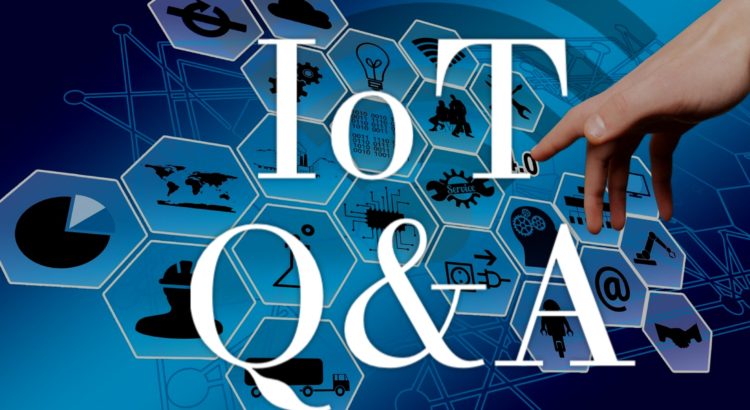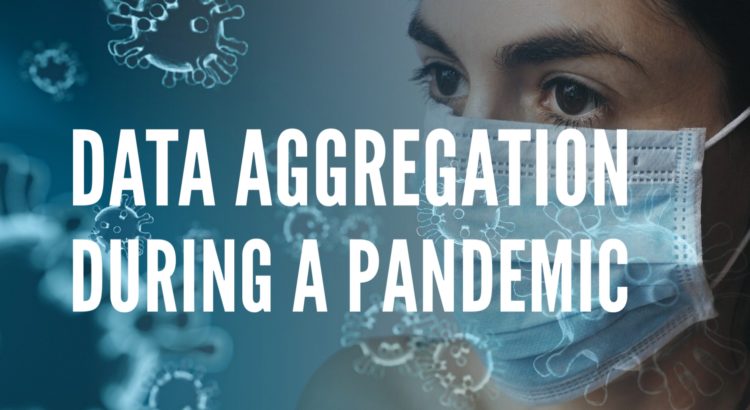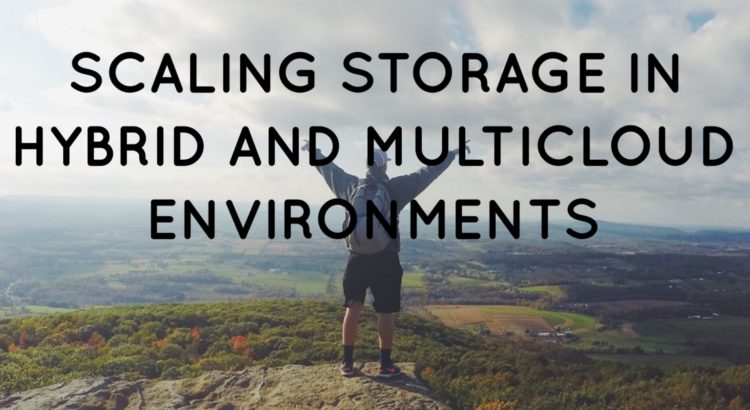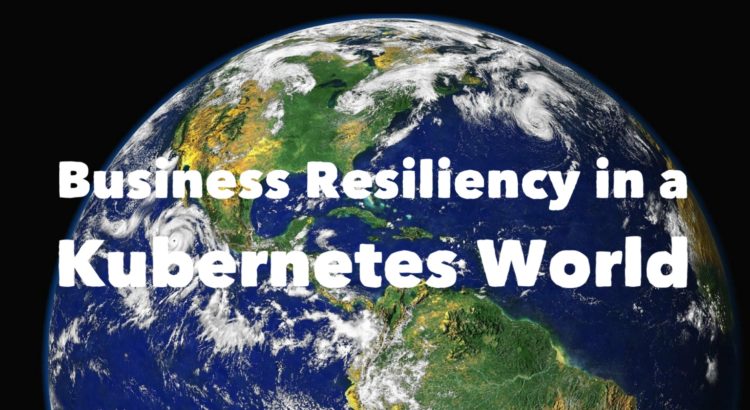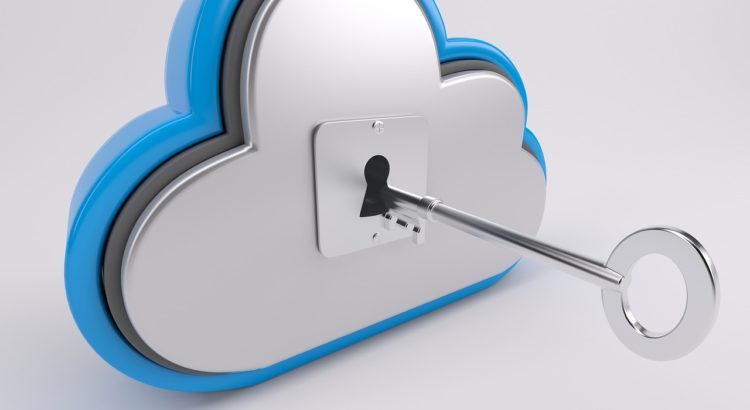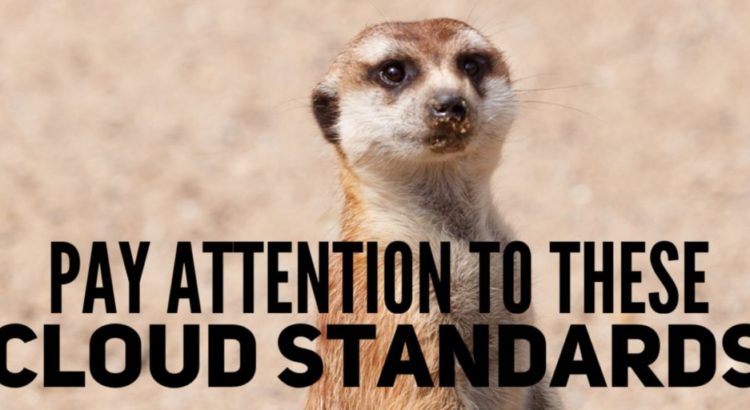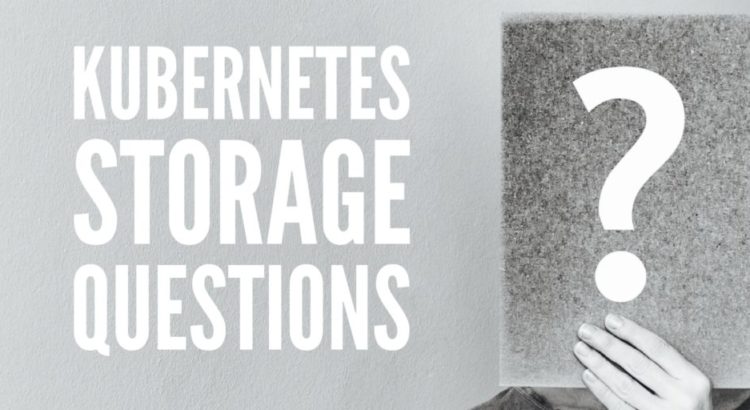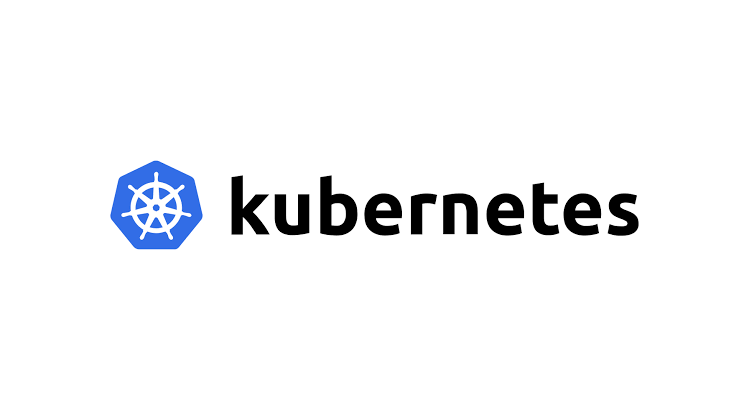The SNIA Cloud Storage Technologies Initiative (CSTI) webcast on IoT explored how the explosion of data generated from IoT devices creates unique challenges in the way we store, transmit and curate data. If you missed the webcast, you can watch it on-demand. This topic generated several interesting questions. As promised during the live event, here are answers to them all:
Q. Do IoT devices consume as much data as they produce?
A. It really depends on the device. There are some like sensors that will only produce data and transmit it on, on the other hand the more intelligence built into these devices the more need there might be to consume data to drive that intelligence. In the future, it’s possible there will be much more device to device (or peer to peer) traffic between IoT devices, cutting out the leg back to the data center altogether for data that doesn’t need to be there.
Read More